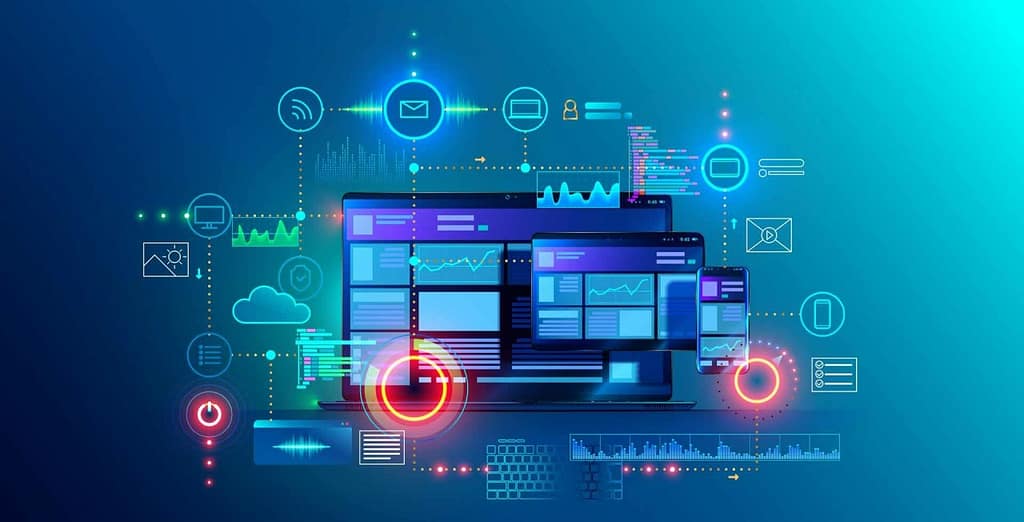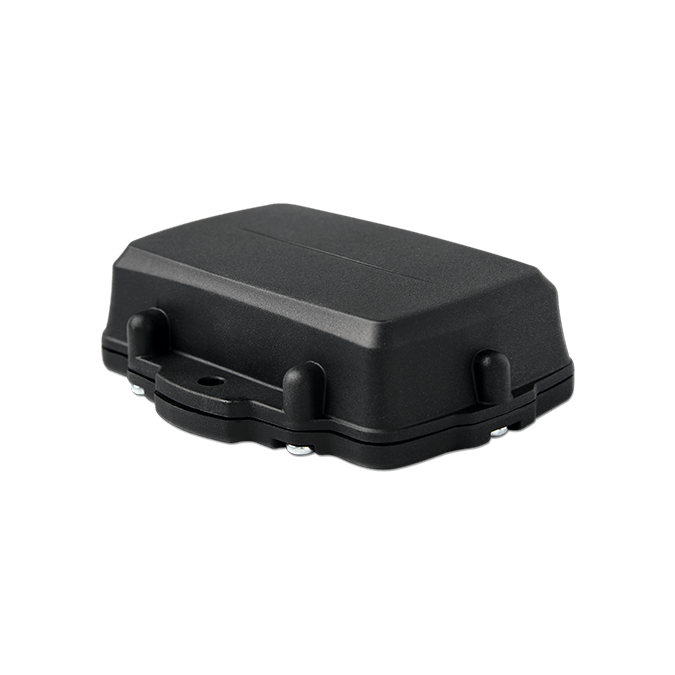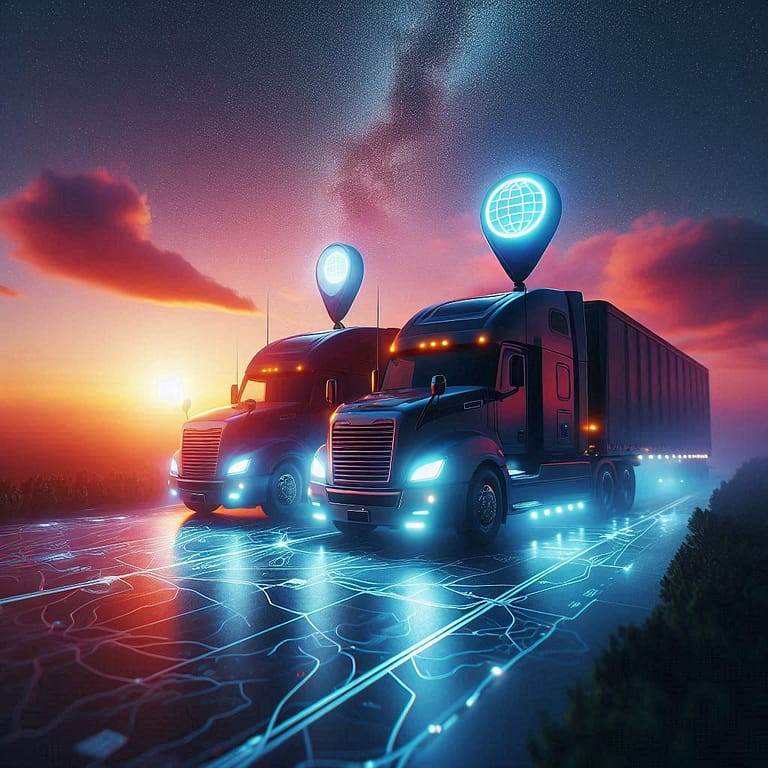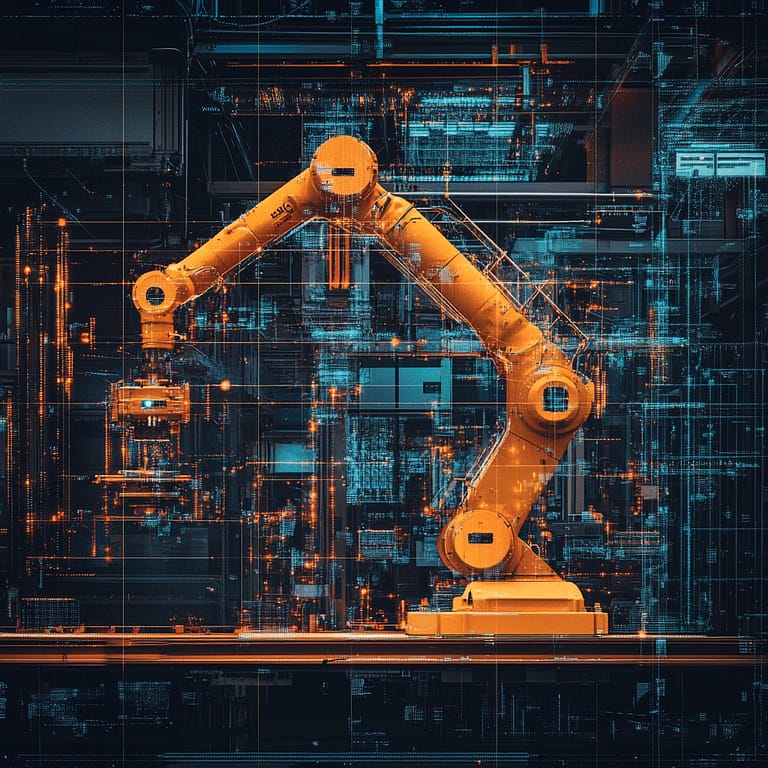Imagine the following situation: a massive shipment of life-saving medicine is racing toward a hospital, but the temperature in the truck’s cargo spikes somewhere along the way. Without anyone knowing, the medication is spoiled, putting lives at risk, all because we couldn’t see what was happening in real time.
This scenario isn’t science fiction, it’s a nightmare problem that businesses face every day. And this is exactly what real-time monitoring tackles head-on.
This principle means knowing exactly where your stuff is, how it’s doing, and what’s going on around it right now. It’s a game-changing technology that moves us from fixing problems after they happen (reactive maintenance) to stopping them before they start (proactive/preventive maintenance).
And the Internet of Things (or IoT) is the magic behind this revolution – tiny sensors, smart networks, and powerful software work together to give us a window into our assets and environments like never before.
In this article, you’ll learn how IoT is changing real-time monitoring, some use cases, and how your company can benefit from this technology.
The role of IoT in real-time monitoring

Let’s dive into the tech that makes this possible.
First, we’ve got sensors that can measure just about anything. GPS trackers pinpoint the exact locations of trucks or valuable equipment; RFID (radio-frequency identification) tags and Bluetooth beacons help track items moving through warehouses or stores.
Then, some sensors keep an eye on the conditions. Temperature trackers watch over sensitive goods; humidity sensors protect delicate electronics; vibration sensors catch most equipment problems before they’re a liability; and light and air quality sensors ensure plants grow in the best possible conditions.
We can even track whether doors are open or closed, detect motion in secure areas, measure how much water or electricity we’re using, and track how much carbon our operations emit (which are especially important to comply with CSRD’s Scope 3).
All this data has to go somewhere, right?
That’s where the “Internet” part of IoT comes in. Sensors send information through cellular networks, Wi-Fi, or special low-power networks specifically designed for IoT. Sometimes, the data makes a pit stop at a nearby, more powerful device for some quick processing – that’s edge computing, and it’s awesome for time-sensitive matters.
Eventually, all this information ends up in the cloud, where smart software turns it into useful insights. Think of dashboards that show you everything at a glance, alerts that pop up when something’s unusual, and complete reports that help you make smarter decisions.
And the best part? You can set it up to do things automatically, like turning on cooling systems if temperatures get too high.
Benefits of real-time monitoring for businesses

Real-time monitoring powered by IoT devices is changing how businesses manage their assets and environments.
One of the biggest wins is in asset optimization. Companies can track the exact location of equipment, vehicles, or inventory at any moment. This visibility slashes theft rates and helps businesses use their assets more efficiently. For example, a construction company might see idling machines and quickly redeploy them to busy job sites, maximizing productivity.
Inventory management gets a major upgrade, too. Gone are the days of manual stock counts and guesswork. Smart shelves and RFID-tagged items provide a real-time view of inventory levels, a must-have for businesses dealing with perishable goods.
Maintenance is another area where real-time information shines. Instead of fixing equipment as it breaks down, businesses can now predict and prevent failures. IoT sensors monitor machinery health, tracking things like vibration, temperature, and performance metrics 24/7.
When these indications drift from normal ranges, maintenance teams get alerts, readily addressing small issues before they become big, expensive problems. This proactive approach extends equipment life, reduces downtime, and saves a ton on emergency repair costs.
Environmental compliance is a hot topic in many circles (especially in the European Union), and real-time monitoring makes it much easier to manage. Whether maintaining precise temperature ranges for pharmaceuticals or tracking emissions for regulatory reporting, IoT sensors provide an automatic, hassle-free stream of verifiable data, essential for proving compliance and quickly addressing any issues.
Finally, IoT-powered real-time monitoring is a game-changer for resource efficiency. Businesses can now track energy use, water consumption, and other resources across their operations. Smart building systems adjust heating, cooling, and lighting based on actual occupancy and conditions, reducing operational costs.
Applications of real-time monitoring technologies

After seeing its most pressing benefits, let’s see how industries leverage IoT and real-time monitoring tech.
Supply chain visibility has long been a holy grail for businesses, and IoT is finally making it a reality. Pharmaceutical companies use IoT trackers to monitor temperature-sensitive compounds in real time, preventing spoilage and ensuring quality.
This technology also helps luxury brands combat counterfeiting by verifying product authenticity throughout the supply chain.
Fleet management has also been transformed by real-time IoT tracking. Trucking companies can now optimize routes on the fly (avoiding costly traffic jams), monitor driver behavior for safety and efficiency, and respond quickly to breakdowns.
Beyond indoor spaces, IoT enables precise environmental monitoring in agriculture, urban areas, and conservation efforts. Farmers can optimize irrigation and light with sensors, cities track air quality at any moment, and researchers study wildlife without disturbance (especially at sea).
In industry, IoT systems, in conjunction with machine learning tech, can predict equipment failures, monitor pipeline integrity, and improve safety in challenging environments like mines.
The future of real-time monitoring

As impressive as current IoT technologies are, the future holds even more exciting possibilities.
One key area of development is in 5G networks. These ultra-fast, low-latency connections will enable real-time monitoring on an unprecedented scale.
Imagine thousands of sensors in a smart city, all communicating instantly without network congestion. This will open up new applications in areas like autonomous delivery trucks/drones (or perhaps general vehicles), where split-second responsiveness is crucial.
Artificial intelligence and machine learning have been all the rage for the better part of the 2020s, and they’re set to revolutionize how we interpret the massive data vaults generated by IoT devices. Instead of simply alerting us to predefined thresholds, AI systems could identify complex patterns and predict issues long before they occur.
Edge computing is another area ripe for innovation. As IoT devices become more powerful (thank you, Moore’s law!), we’ll see more processing happening at the source. This means faster responses to critical events and reduced strain on network bandwidth.
Future edge devices might incorporate specialized AI/ML chips, allowing them to make intelligent decisions without relying on connections to the cloud – a game-changer for applications in remote areas like the ocean.
Finally, there’s the trend of self-powering IoT sensors. Using technologies like energy harvesting from vibrations or tiny temperature differences, these devices could operate for years untapped. This can dramatically reduce maintenance costs and allow for deployment in hard-to-reach places!

Conclusion
Real-time monitoring powered by IoT is already changing how businesses operate, but we’re only scratching the surface of its potential. From optimizing supply chains to predicting equipment failures, these technologies offer a competitive edge no forward-thinking company should ignore.
Don’t get left behind in this technological revolution! We at Datanet IoT specialize in cutting-edge asset and environment-tracking solutions tailored to your needs. Whether you’re looking to optimize your fleet, ensure compliance, or get deeper insights into your operations, we have the devices and expertise to help.
Contact us today to learn more about our solutions and prepare for the challenges of tomorrow!




